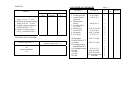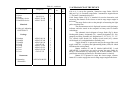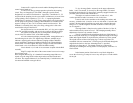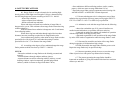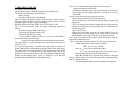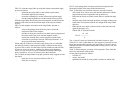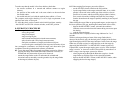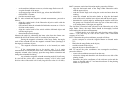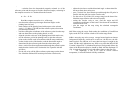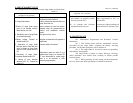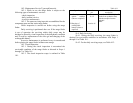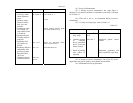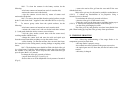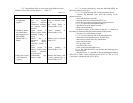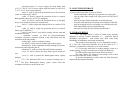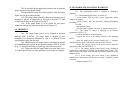-
- calculate from the determined magnetic azimuth A
m
of the
reference point and the target to find the directional angles, reckoning in
the compass correction ∆ A obtained from the formula:
α = A
m
– ∆ A
m
Read the compass correction ∆ A
m
of the map;
- note down the reference point target directional angles on the
plotting board of card;
- mark numbers of the plotting board with respect to the selected
scale ( 1:25, 000 or 1:50,000) and the reference point, observation
post and target location;
- read the rectangular coordinates of the reference point from the map
and note them down on the plotting board or card;
- align the circular scale zero of the plotting board with vernier zero;
- use the reference grid of the plotting board to plot the reference
point on the circular scale in accordance with the map coordinates;
- set the circular scale of the board to read the directional angle as
determined for the reference point from the observation post;
- draw a vertical line from top downwards through the reference point
marked on the circular scale. See that the line is parallel with the
grid lines;
- use the rule to lay off the OP-to-reference point range on the drawn
line. Mark the obtained OP location point on the circular scale;
- adjust the circular to read the directional angle as determined for
the target from observation post;
- pass a vertical line from bottom upward through the OP point in
parallel with the grid lines on the circular scale;
- use the rule to lay off the OP- to-target range on the drawn line.
Mark the target location with a dot and symbol;
- setting the circular scale to zero, read the target and OP
rectangular coordinates off the board. Note down the coordinates
on the board or card;
- plot the target on the map using the obtained rectangular
coordinates.
8.9. When using the range finder under the conditions of insufficient
light, set the ILLUM. selector switch to ON on the range finder.
8.10. A necessity may arise to range a target located against an intense
background (bright sky, sunlit snow or sand, etc.) In this case, the left-
hand eyepiece may indicate as if more than one target is caught in the
beam, and the range indications may differ every time that MEASURE
L button is depressed. To eliminate the adverse back ground effects, the
frame of the Binocular objective should be fitted with the diaphragm 22
(Fig. 6) secured by means of a pin and rubber clamp on the case over.
The diaphragm is not to be used at critical subzero
temperature, in mist and limited visibility conditions.



